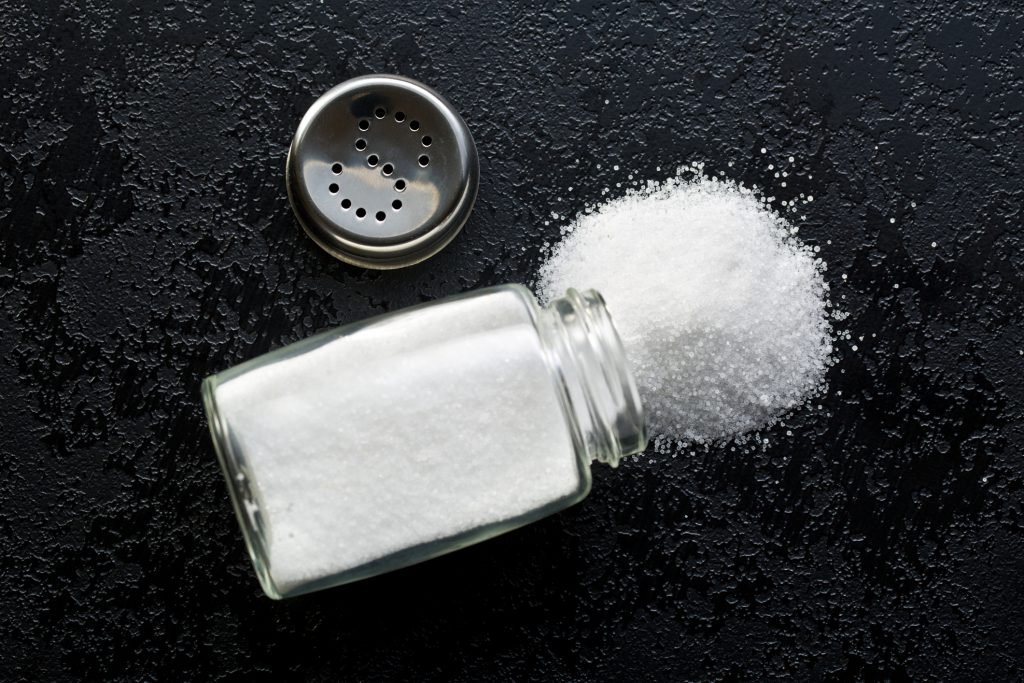Multiple sclerosis is a complex autoimmune disease of the central nervous system which develops when the protective myelin sheath surrounding nerve cells is attacked by the body’s own immune system. These nerve cells, when stripped of myelin, no longer function properly and symptoms such as numbness, difficulty walking, slurred speech, and vision loss develop. New research suggests that diets with a high salt content might make this disease more likely.
This does not mean that salt is the one and only trigger of multiple sclerosis; rather, a combination of genetics and environmental factors are thought to determine who develops multiple sclerosis. Age, gender, family history, certain infections, race, climate, smoking, weight, and a history of other autoimmune diseases all factor into the risk profile of multiple sclerosis. However, the salt intake of a person is one of the few controllable factors in this equation.
This latest salt research remains only at the laboratory level, but indications are that a high-salt environment triggers inflammation and, in turn, ups the risk of multiple sclerosis. Experts note that Americans should limit their salt intake to 2,300 mg of sodium per day. Sodium is present in salt (e.g., from the salt shaker), as well as found in a large variety of prepared and processed foods. Following the dietary guidelines for salt intake is healthy overall, as well as offering a benefit to those at risk of multiple sclerosis.
Early Symptoms of MS
• Trouble with vision
• Numbness or tingling
• Pain and spasms
• Fatigue or muscle weakness
• Dizziness
• Difficulty with balance
• Bladder trouble
• Sexual dysfunction
• Cognitive problems
Source
Sumida T, Lincoln MR, Ukeje CM, et al. Activated β-catenin in Foxp3+ regulatory T cells links inflammatory environments to autoimmunity. Nature Immun 2018;19:1391-1402.
Related Posts
National MS Education and Awareness Month
Welcome to March, when BioPlus joins the Multiple Sclerosis Foundation in celebrating the National...
Become a Fish Fan
Earlier this year I wrote a blog about the benefits of a Mediterranean diet – a big component of...
How Sweet It’s Not: Crohn’s and Splenda
More than 1.5 million Americans suffer from inflammatory bowel diseases, which include both...
Meet the Newest MS
Researchers recently identified a new sub-type of multiple sclerosis: myelocortical MS. This...





